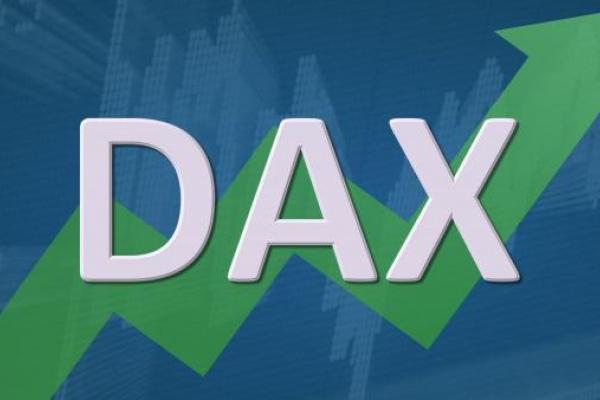What is the DAX 30 Index?
The DAX 30 index is the most well-known stock index for the German stock market. It’s popular amongst index traders because it represents the German economy and includes some of the most important industrial and technology companies in Europe. It also has some unique features which make it suitable for active traders.
The DAX explained
The DAX is the headline index for listed stocks in Germany. The index includes the 30 most valuable companies listed on German stock exchanges.
The index represents approximately 75% of the total value of publicly listed companies in Germany. Its value is published by the Deutsche Börse Group, and calculated using prices from the Xetra electronic exchange. Xetra is a subsidiary of the Deutche Börse.
DAX Definition
DAX stands for Deutscher Aktienindex which means German stock index. The DAX 30 is sometimes referred to as the GER30 or the DE30.

DAX 30 History
The DAX 30 index was originally launched in 1988 with a base value of 1,163. Approximately half of the original index constituents are still in the index.
The index initially used prices from the Frankfurt Stock Exchange. However, since 1999 prices have been sourced from the Xetra electronic trading system.
Over time many of Germany’s largest firms have become multinational companies which earn revenue around the world. The DAX 30 therefore represents far more than just the economy of Germany.
Over the years, numerous derivatives and index tracking products based on the DAX 30 have been launched. These can be traded on exchanges around the globe.
Understanding the DAX 30
The DAX is a market capitalization weighted index that includes the largest 30 companies in Germany. To qualify for index membership, companies must be included on the Prime Standard market in Germany. The list of stocks included is reviewed on a quarterly basis.
How is the DAX30 index calculated?
The index is weighted by market capitalization; however, each company’s weight is capped at 10%. In addition, restricted shares are excluded when the market value of each company is calculated.
Each company’s weight in the index is represents the company’s market value as a percentage of the total market value of all 30 companies.
Companies are removed from the index if their market value falls outside of the largest 45 companies. Companies are considered for inclusion when their value falls within the largest 25 companies.

Largest 5 Stocks in the DAX index
The following stocks each account for between 6 and 10% of the index. Accordingly, they are the most important stocks for DAX 30 traders to keep an eye on.
SAP AG is a leading enterprise software company. Large corporations can use SAP’s software to run almost every department including HR, finance, payroll, logistics, warehousing and planning. SAP is now a major cloud software provider and competes with Oracle, Microsoft and Salesforce.
SAP is the largest component of the index.

Linde Plc is the world’s largest industrial gas company. It operates around the world through several subsidiaries, supplying gas to various industries. The company is based in Ireland but retains a listing in Germany as it was formed when Linde AG and Praxair merged.
Allianz SE is one of the largest financial services companies in Europe and the largest in Germany. It has several subsidiaries, with the largest being involved in insurance and asset management.
Bayer AG is the world’s fourth largest pharmaceutical company. The firm operates across several segments including pharmaceuticals, crop science and animal health. Bayer is the manufacturer of Aspirin, Cipro and Roundup.
Siemens AG manufactures a wide range of products related to electrical engineering and communications. It serves the telecoms, manufacturing, auto, energy and medical industries around the world.

Unique features of the DAX 30 index
Unlike most stock indices, the DAX indices are updated after the stock exchange closes each day. This is done by using prices from the future exchange which has longer trading hours.
Two different versions of the index are published – a price index and a total return index. The price index does not include dividends, while the more popular total return index assumes dividends are reinvested in the index
Why to trade with Libertex?
- access to a demo account free of charge
- technical assistance to the operator 5 days a week, 24 hours a day
- leverage up to 1:500
- operate on a platform for any device: Libertex and Metatrader 4 and 5
- no commissions for extractions in Latin America




